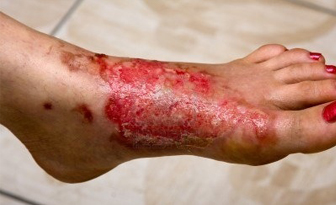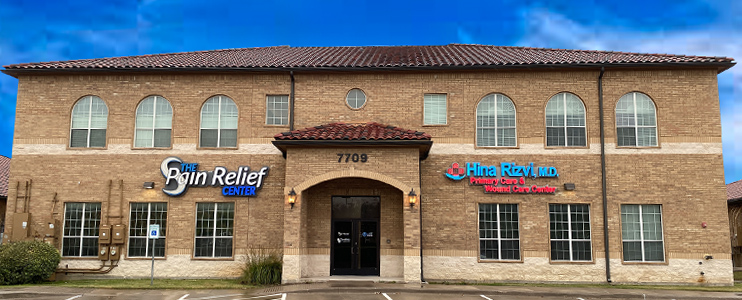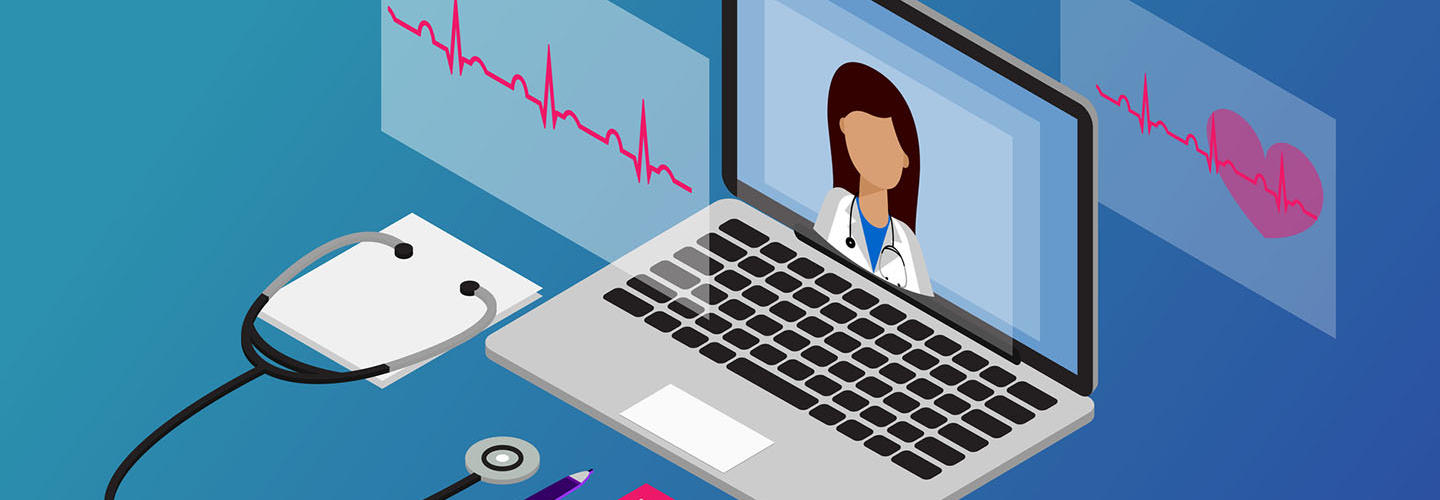Skip to content
Skin Burn / Wounds Treatment Advanced Wound Care Plano TX – Dr. Hina Rizvi M.D, C.W.Sadmin2021-11-23T20:24:07+00:00
Skin Burn / Wounds
- Skin burn injuries and burn wounds are common, with over one million burn injuries occurring every year in the United States. Skin burns can result from exposure to several possible sources, including hot water or steam, hot objects or flames, chemicals, electricity, or overexposure to the sun.
 Burns were previously classified as first, second, third, or fourth degree, based on the thickness of the skin burned. This system is being replaced with a system as described.
Burns were previously classified as first, second, third, or fourth degree, based on the thickness of the skin burned. This system is being replaced with a system as described.- Superficial skin burns — Superficial skin burns, previously called first-degree burns, involve only the top layer of skin, are painful, dry, and red, and turn white when pressed. Superficial burns generally heal in three to six days without scarring. Example Non blistering Sunburns.
- Superficial partial-thickness skin burns — Superficial partial-thickness skin burns, previously called second-degree burns, involve the top two layers of skin, are painful with air movement or air temperature changes, are red and drain fluid, usually form blisters, and turn white when pressed. The burned area may permanently become darker or lighter in color but a scar does not usually form. Example blistering sunburns.
- Deep partial-thickness skin burns — Deep partial-thickness skin burns, previously called third-degree burns, extend deeper into the skin, are painful with deep pressure, almost always form blisters, and do not turn white with pressure. Deep partial-thickness skin burns take more than 21 days to heal and usually develop a scar, which may be severe.

- Full-thickness burns — Full-thickness skin burns, previously called fourth-degree burns, extend through all layers of the skin, completely destroying the skin. The burned area usually does not hurt, is a waxy white to leathery gray or charred black color, and the skin is dry and does not blanch when touched. Full-thickness burns cannot heal without surgical treatment and scarring is usually severe.
- Home treatment of skin burns should include cleaning the area, immediately cooling it, preventing infection, and managing pain.
- Clean the area and remove any clothing from the burned area. If clothing is stuck to the skin, do not try to remove it and seek medical care.
- Wash the burned skin gently with cool tap water and hypoallergenic soap. It is not necessary to disinfect the skin with alcohol, iodine, or other cleansers….read more
Page load link
 Burns were previously classified as first, second, third, or fourth degree, based on the thickness of the skin burned. This system is being replaced with a system as described.
Burns were previously classified as first, second, third, or fourth degree, based on the thickness of the skin burned. This system is being replaced with a system as described.


